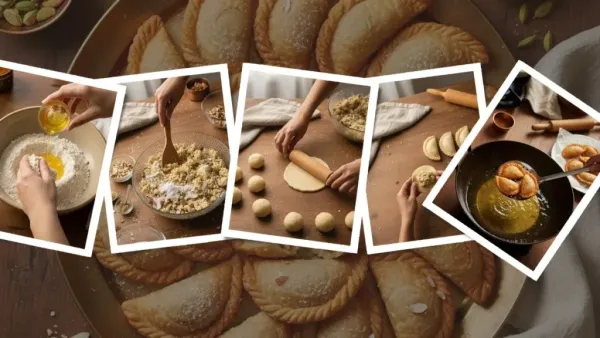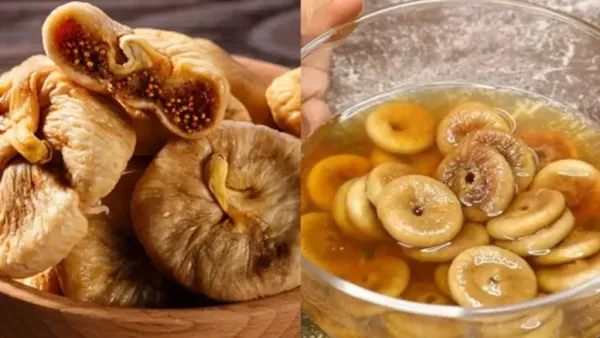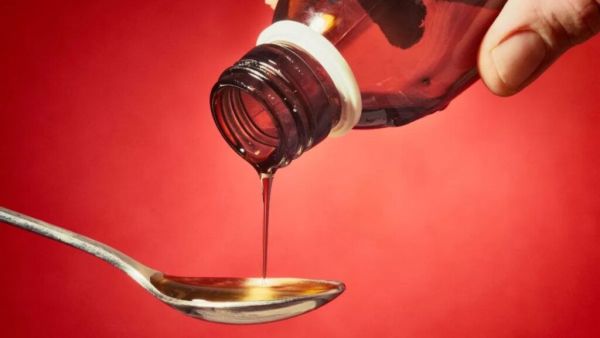Summary: Diwali Special Mawa Gujiya, unique confluence of tradition and taste
Mawa Gujia is the most popular dessert of Diwali, whose crispy layer and sweet filling of mawa-dry fruits wins everyone’s heart. This is the real taste of the festival of the festival and the moments spent with family.
Mawa gujiya: Today we are going to make a sweets that is the life of the festival of Holi, and on seeing which the mouth gets watery- yes, we are talking about Mawa Gujia! It is a traditional Indian dessert, formed by a mixture of crispy outer layer and sweet, aromatic mawa and dry fruits inside. The more fun it is to make, the delicious it takes to eat.
Creating Gujia has its own special significance, especially during Diwali. It is not just a dessert, but a symbol of the cute moments spent with happiness, celebration and family. Every house has its own traditions to make Gujia, and the taste of everyone’s hand is slightly different. But the method we are going to learn today is so easy and tasty that you would like to make it every time.
Mawa Gujiya, somewhere also called Mawa Karanji or Gujhiya, is a deep-fried pastry which has a mixture of almonds, cashews, cashews, raisins and cardamom like khoya (mawa), sugar, dry fruits. Its outer layer is made of maida and ghee, which gives it a crisp and flaky texture. After frying it is often immersed in sugar syrup, which makes it even more succulent, or eaten like this.
For outer layer
- 2 cup Fine flour
- 1/4 cup Ghee For Moyan
- 1/2 cup Cold water As required
- 1/4 Spoon Salt
To fill
- 1 cup Mawa/lost Grated
- 1/2 cup Castor sugar Can more or less according to your taste
- 1/4 cup desiccated coconut Grated
- 10-12 Almond Finely chopped
- 10-12 Cashew Finely chopped
- 2 Lamps Raisins (to fry mawa)
- Green cardamom powder
- 1 Spoon Poppy
- 1 big spoon Ghee
Step 1: Dough for the outer layer
-
First we will prepare the dough for the outer layer of Gujia. This is one of the most important steps, because this is why the crushing of Gujia is fixed. Take maida and salt in a big bowl. Now add melted ghee to it. Mix the ghee well in the flour. When you take refined flour in the fist and press it, it should be tied together, this is the identity of the right mion. Now gradually add cold water and knead a hard dough. The dough should not be very soft, because it will not make Gujia crispy. Knead it for 5-7 minutes so that it becomes smooth. Cover the dough with a damp cloth and keep it aside for 20-30 minutes. This will set the dough and it will be easy to work.
Step 2: Frying Mawa
-
As long as the dough is set, we will prepare the delicious filling of Gujia. Heat a heavy bottom pan or pan on medium flame. Add 1 tbsp ghee to it. When the ghee melts, add grated mawa. Fry the mawa on low flame while stirring continuously. Mawa has to be roasted until his color becomes light golden and a good scent starts coming from it. It can take about 5-7 minutes. Keep in mind that the mawa does not burn, so keep stirring continuously. When the mawa is roasted, take it out in a plate and let it cool completely. It is very important that the mawa cools down completely, because adding sugar to the hot mawa will melt and the mixture will become wet.
Step 3: Preparation Filling
-
When the mawa cools down completely, then we will add the remaining ingredients to it. Take a cold roasted mawa in a big bowl. Add ground sugar, grated dry coconut, finely chopped almonds, cashews, raisins (if used), cardamom powder and popper (if used). Mix all the ingredients well. Ensure that the Chinese mawa is equally found. Keep this mixture aside.
-
Step 4: Start making Gujiya
-
Shapening to Gujia! Knead the dough again. Divide the dough into small equal parts, such as lemon-shaped balls. Take a dough and roll it into a thin puri of about 3-4 inches in diameter with the help of a cylinder. The whole should not be too thick, as it will not be crispy after frying.
-
Step 5: Filling and shaping Gujia
-
Apply some water on the edges of the rolled poori with a finger or a brush. This will help seal Gujia. Place a mixture of 1 to 1.5 teaspoons of mawa in the middle of the purpose. Do not fill too much, otherwise the Gujia may burst while frying. Now fold the puri and bring it together and press it gently. Make sure the edges are well sealed, so that the filling does not come out while frying. Now you can give Gujia the shape of your choice. You can either use Gujiya mold (which gives it a beautiful, similar shape), or can create a design by beating the edges with your hands (often called “Kangura”).
Step 6: Gujiya Frying
-
Now the time has come to make our Gujia golden and crispy! Heat enough oil or ghee to fry in a deep pan or pan. Heat the oil on medium heat. To check the correct heat of the oil, put a small piece of dough into the oil. If he immediately comes up and starts getting golden slowly, the oil is right hot. If it burns immediately, the oil is very hot; If he sits down and does not come up, the oil is not hot enough. When the oil is hot, reduce the heat. Pour 3-4 Gujia in oil carefully at a time. Fry Gujia on low heat, so that they cook and become crispy. If you fry on high heat, then they will be brown from outside but will remain raw from inside. Fry the gujiya and fry until golden brown and crispy. It can take about 8-10 minutes. When Gujia becomes golden, take them out of the oil and place it on the absorbent paper to extract excess oil. Similarly, fry the rest of the gujiyas.
Step 7: serving and enjoying
-
Your hot and crispy mawa Gujia is now ready! You can serve them so hot, or if you are completely cooled, you can store it in airtight container. They remain fresh for several days.
- Importance of Moyan: It is very important to be in the right amount. If Moyan is low, Gujia will not become crispy. If more, Gujia may burst while frying or too much oil can absorb. The right mion is the one in which you take the dough in the fist and it gets tied, but breaks down on a little pressing.
- Wheat flour plaiting: Always knead the dough with cold water and keep it a little hard. The soft flour can cause oil to absorb and make Gujia soak and soft. Don’t forget to relax the dough, it will make it flexible and smooth.
- Filling cooling: It is mandatory to completely cool the filling of mava. If sugar is added to hot filling, the sugar will melt and the mixture will be wet, making it difficult to fill Gujia and it can burst.
- to seal: It is very important to seal the edges of Gujia well. If the edges are left open, the filling will come out while frying and the oil will become dirty. Watering on the edges makes the seal strong.
- Fry on low heat: Always fry Gujia on low to medium flame. This will cook inside and get a beautiful golden color and crispy texture. By frying on high heat, they can burn quickly from outside and can remain raw from inside.
- Storage: Allow the fried Gujia to cool down completely, then store them in an airtight container. They remain fresh for a week at room temperature. You can also keep them in the refrigerator so that they last longer.
- Health tips: If you want to use less oil, you can bake Gujiya in an air fryer or in oven. However, the taste and texture of traditionally fried Gujia is the best.
- Creativity: You can make changes in filling as per your choice. Some people also add finely chopped pistachios, chironji, or dry cherry. You can also add a little saffron, which will make a wonderful aroma and taste.
- Silent Gujiya: Some people prefer to dip in a light hot sugar syrup after frying their Gujia. If you want to make syrup with syrup, boil 1 cup of sugar and 1/2 cup of water together until a wire syrup is formed (about 5-7 minutes). Mix a little cardamom powder. Dip the fried Gujia in hot syrup for a few seconds and then take it out. This will make Gujia even more juicy.





